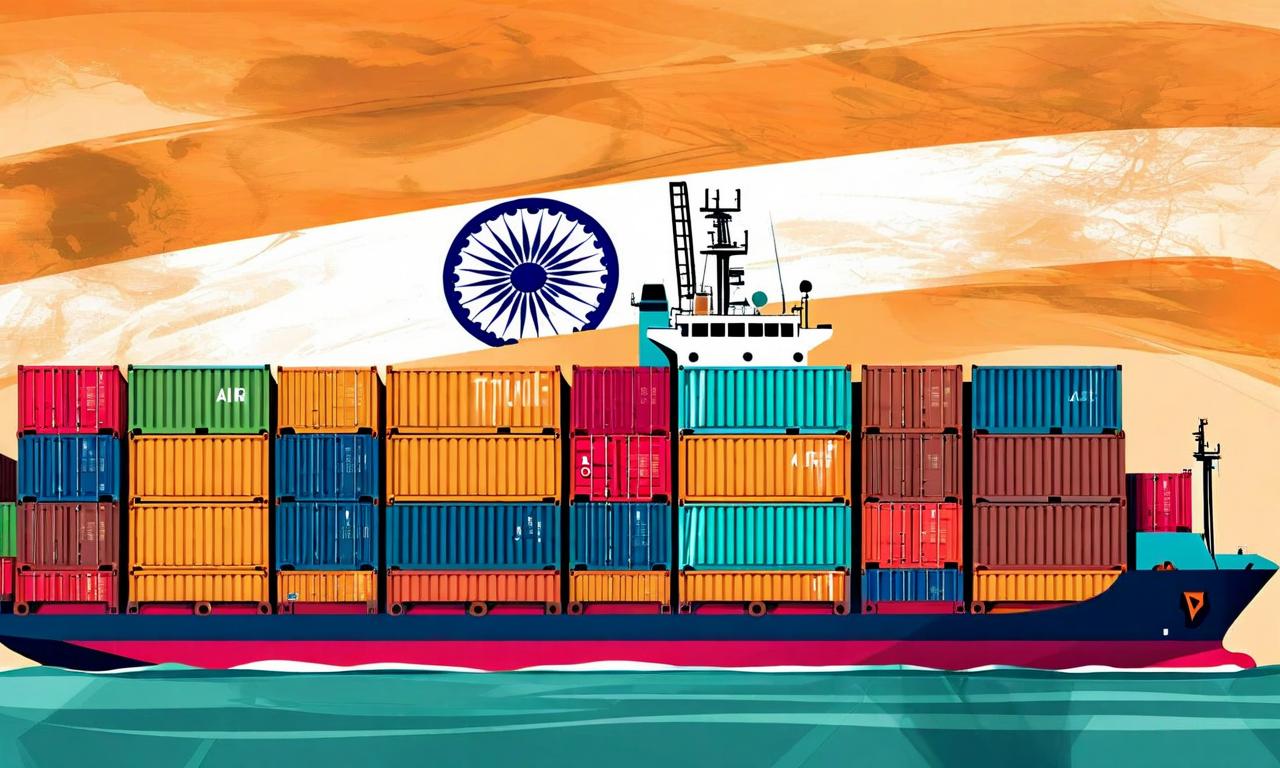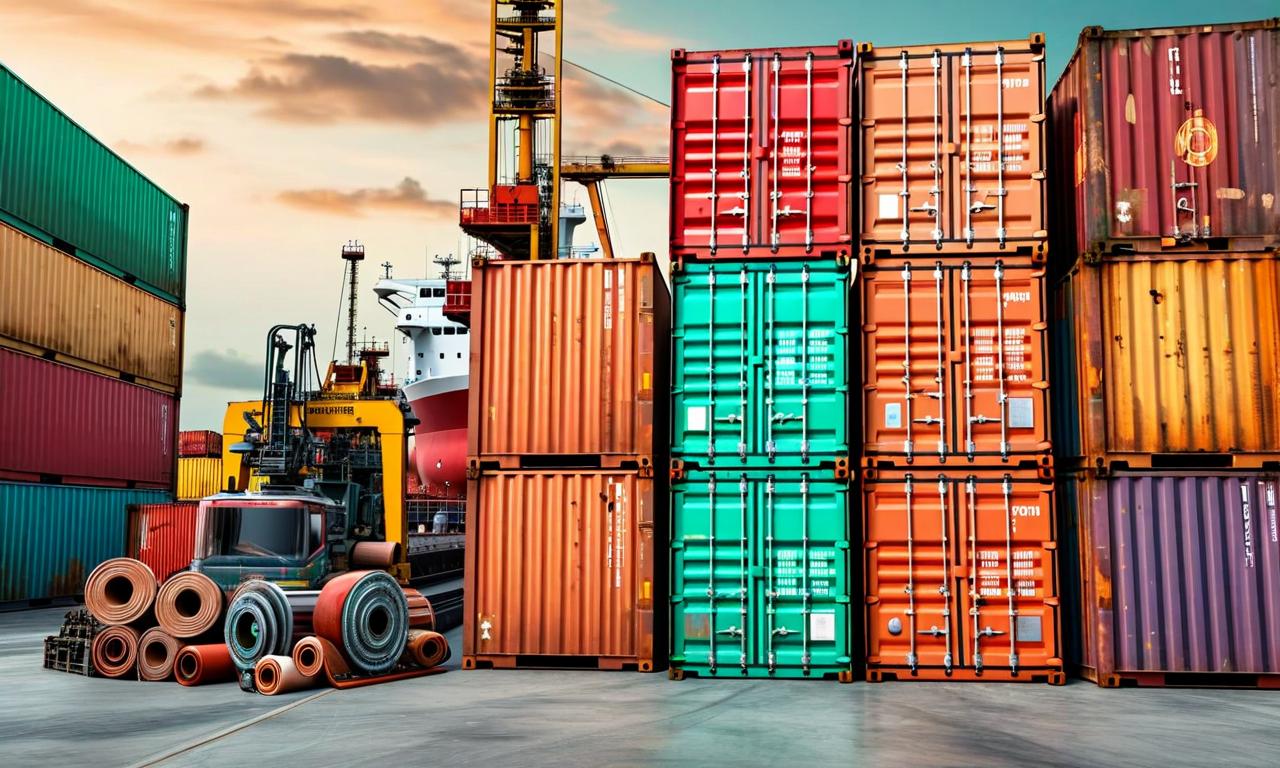US Imposes 25% Additional Tariff on Indian Goods, Short-Term Impact Deemed Manageable
The US has implemented a 25% tariff increase on Indian-origin goods, raising the total tariff rate to 50% for several export categories. Trinh Nguyen, a senior economist at Natixis, assesses the short-term impact as manageable due to India's trade balance and limited US export exposure. However, long-term concerns exist. Suggested strategies include tax cuts, export diversification, and trade negotiations. The situation emphasizes the need for India's 'Make in India' initiative to expand beyond the domestic market and enhance global competitiveness.

*this image is generated using AI for illustrative purposes only.
The United States government has implemented a significant increase in tariffs on Indian-origin goods, raising concerns about the potential economic impact on India. The new measure, which took effect on August 27, adds a 25% tariff on top of existing duties, bringing the total tariff rate to 50% for several categories of Indian exports.
Short-Term Impact Assessed as Manageable
Trinh Nguyen, a senior economist at Natixis, has provided insights into the potential consequences of this tariff hike. According to Nguyen, the immediate impact on India's economy is expected to be manageable. This assessment is based on two key factors:
- India's trade balance: The country currently imports more than it exports, which may help buffer some of the effects of reduced exports.
- Limited exposure: Exports to the United States represent only 2% of India's Gross Domestic Product (GDP), suggesting a relatively small direct impact on the overall economy.
Long-Term Concerns and Potential Strategies
While the short-term outlook appears less severe, Nguyen points out that India may face long-term costs as a result of these increased tariffs. To mitigate these effects, several strategies have been suggested:
- Tax Cuts: The Indian government could potentially offset the impact of the tariffs through strategic tax reductions.
- Export Diversification: Nguyen emphasizes the need for India to expand its export markets, particularly focusing on the United States and European Union.
- Trade Negotiations: The ongoing India-EU Free Trade Agreement (FTA) negotiations are highlighted as a potential opportunity for India to improve its trade position.
'Make in India' and Export Growth
The tariff situation underscores the importance of India's 'Make in India' initiative expanding beyond the domestic market. Nguyen suggests that India needs to find ways to lower tariffs to support this growth and enhance its global competitiveness.
Macro-Economic Outlook
Despite the challenges posed by the new tariffs, the overall macro-economic impact on India is expected to be neutral in the short term. However, policymakers and businesses will need to carefully navigate the changing trade landscape to ensure long-term economic resilience and growth.
As global trade tensions continue to evolve, India's response to these tariffs and its ability to adapt its trade strategies will be crucial in shaping its economic future on the international stage.

























